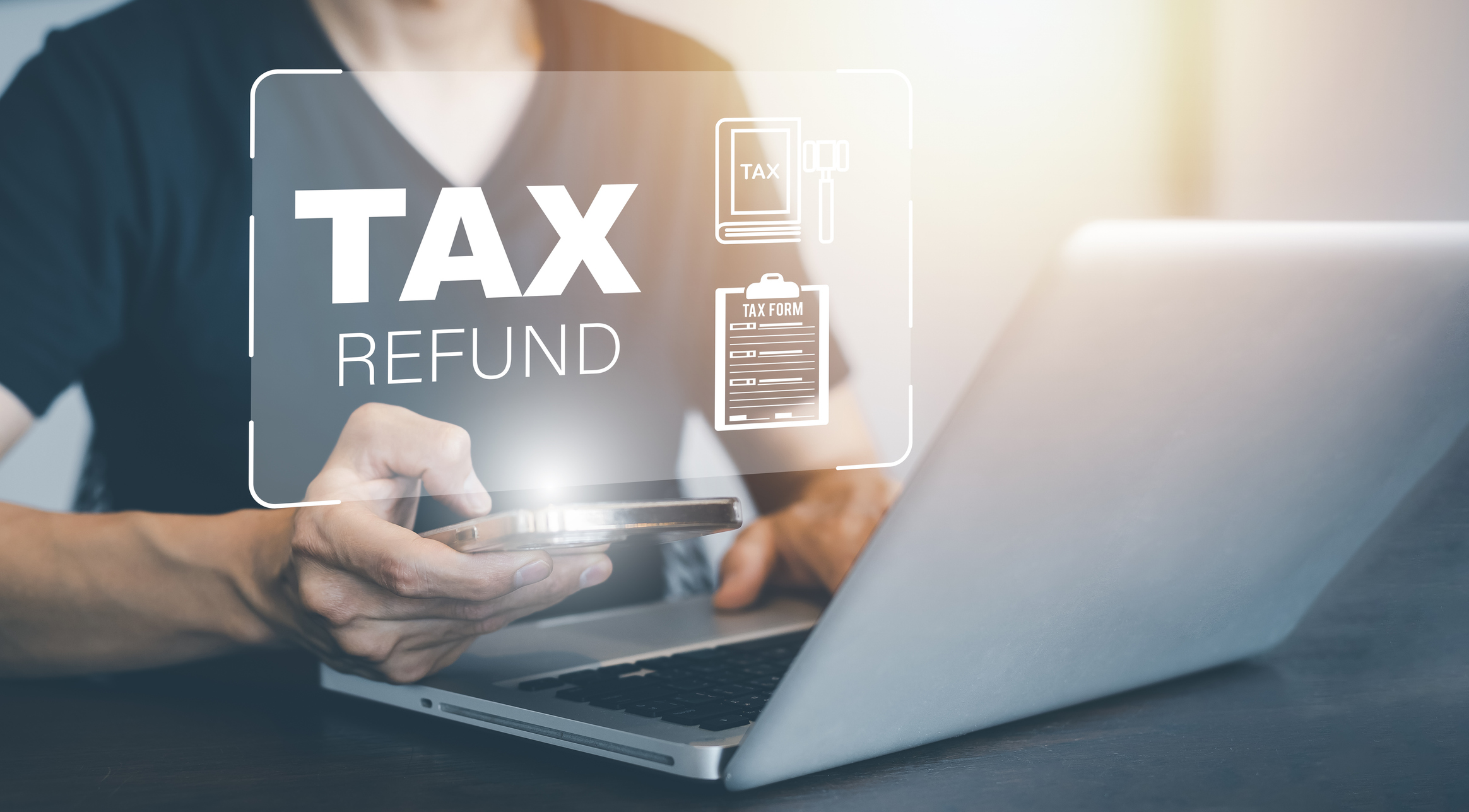
IRS and U.S. Treasury move to electronic payments
If you’re expecting a federal tax refund or manage business transactions with the federal government, big changes are coming your way. On March 25, 2025, Executive Order 14247, Modernizing Payments to and From America’s Bank Account, was issued to modernize the way the federal government sends and receives payments. This includes tax refunds, benefit payments, vendor payments, and government fees and taxes.
Here’s what individuals and businesses need to know.
Key Effective Date: September 30, 2025
Starting September 30, 2025, the U.S. Department of the Treasury will no longer issue paper checks for any federal disbursements. That includes:
- Individual tax refunds
- Business refunds or credits
- Social Security or other benefit payments
- Vendor payments from federal contracts
Instead, all payments will be made electronically via:
- Direct deposit
- Prepaid card accounts
- Digital wallets
- Real-time payment systems
The Executive Order will apply to tax payments by individuals and businesses starting after September 30,2025. For third quarter tax payments, individuals and businesses should still be able to use paper checks.
Why the change?
The federal government processed over $657 million in paper-based transaction costs in Fiscal Year 2024. More concerning, paper checks are 16 times more likely to be lost, stolen, or tampered with than electronic funds transfers (EFTs). This modernization effort aims to:
- Reduce fraud
- Increase speed and reliability
- Eliminate costly infrastructure
- Improve service to taxpayers
What Do You Need to Do?
Whether you’re an individual taxpayer or a business, here’s how to ensure you receive timely payments from the IRS and other federal agencies:
- Set up direct deposit (or confirm it’s active)
If you haven’t already done so, provide your bank routing and account number when filing tax returns or conducting business with a federal agency. This ensures fast, secure payment.
- Make sure your account information is current
If your bank account has changed since your last tax return, notify the IRS and any applicable federal agencies now. Refunds sent to closed accounts may be delayed or returned.
- Watch for enrollment communications
The U.S. Treasury will launch a public awareness campaign to help recipients transition to digital payments. Follow guidance carefully and reach out to your Keiter advisor with questions.
Next Steps
The U.S. Treasury’s move to modernization is primarily a move toward positive change for taxpayers providing streamlined cash flow, reduced risk, and faster refunds. However, with over seven million taxpayers receiving refunds through non-electronic means in the latest tax year there are numerous taxpayer considerations that need to be addressed before implementation.
The American Institute of CPAs (AICPA) has submitted recommendations to the Department of the Treasury concerning the transition and proposed guidance for applying exceptions for qualified taxpayers, extending the timeframe for implementing the order, seeking statutory authority for the mandates, and involving stakeholders in establishing the rules for the transition.
The Keiter Tax team will continue to monitor the electronic payment transition process and inform you of any new guidance so you can plan accordingly.
Questions? Contact your Keiter Opportunity Advisor.







